Depreciation irks manufacturers
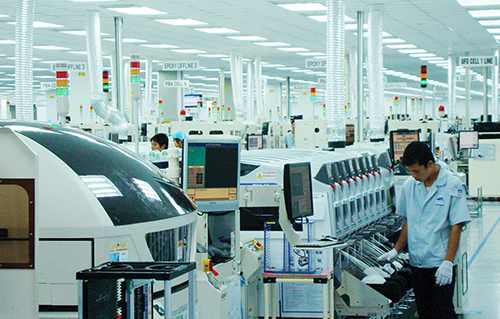
A lower dong could make it harder for manufacturers that rely on imported materials
The Vietnamese government on June 28 for the first time since December 2011 weakened the dong by 1 per cent from the previous official rate of 20,828 dong per dollar. According to a State Bank of Vietnam (SBV) announcement, the depreciation aims to “help improve the balance of payments and boost foreign exchange reserves.”
Analysts say the 1 per cent depreciation is good for the economy in general as it could help boost exports. But the depreciation will push up production costs for manufacturers, especially foreign invested enterprises (FIEs) that have to import raw materials and components for production.
“I appreciate the SBV’s effort to stabilise the dong during the past year, and the recent depreciation will help increase the value of exports, but it will also badly affect imports, especially foreign manufacturing enterprises that need to import materials,” said Hong Sun, general secretary of Korean Chamber of Commerce and Industry in Vietnam.
Due to competitive labour costs and political stability, Vietnam remains a good destination for foreign direct investment in terms of industrial manufacturing.
Statistics from the Ministry of Planning and Investment’s Foreign Investment Agency (FIA) show that the country attracted 8,327 foreign-backed manufacturing projects to date, accounting for more than half of the country’s foreign invested projects.
As Vietnam lacks a developed supporting industry, FIEs here have to rely on imported parts and components. According to FIA’s report, FIEs in Vietnam achieved $29.1 billion in the total export revenue (excluding crude oil exports), but they also spent approximately $28 billion on imports in the first half of this year.
Sun said the depreciation of the dong would lead to higher import prices. Therefore, profit would be driven down.
Bui Kien Thanh, general director of International Investment and Asset Management Corporation, said currency depreciation was always a “double-edged sword”. “While it increases the value of exports, it will also make imports more expensive,” said Thanh.
Last week, the dong in black market was traded at 1 per cent lower, raising concerns about a further depreciation towards the year’s end.
“If the exchange rate continues this trend, we are really concerned over the outlook in Vietnam. This is because Vietnam’s inflation is still at high level, a further dong depreciation will make it more difficult to mobilise foreign currency and import materials and components,” said Sun.
Sun referred to the sharp depreciation of the dong in 2011 which seriously affected foreign companies’ business in Vietnam. “It will be fine as long as the Vietnamese government has the ability to stabilise the currency exchange market,” he added.
What the stars mean:
★ Poor ★ ★ Promising ★★★ Good ★★★★ Very good ★★★★★ Exceptional
Latest News
More News
- Russia’s Pskov oblast always welcomes Vietnamese investors (August 30, 2024 | 10:46)
- 500kV circuit 3 transmission line inaugurated on August 29 (August 29, 2024 | 11:59)
- Ba Ria-Vung Tau’s BR-VT Smart app makes breakthrough in digital transformation (August 29, 2024 | 10:00)
- Hung Yen bags upbeat outcomes in socioeconomic development (August 28, 2024 | 19:00)
- FDI attraction to Vietnam: the myths versus the reality (August 28, 2024 | 18:00)
- Asia Pacific manufacturers prioritise digital transformation; struggle with innovation pace (August 28, 2024 | 12:41)
- Private airport investment solutions still out of reach (August 28, 2024 | 09:50)
- Private investment in railway industry yet to shine (August 28, 2024 | 09:00)
- Chinese ceramic group Hualian eyes a $200 million investment in Thai Binh (August 27, 2024 | 17:37)
- Barriers must be removed for vital transport infrastructure (August 27, 2024 | 17:09)


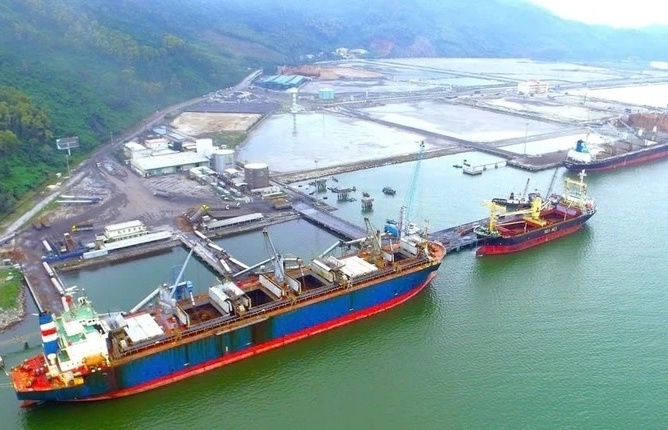
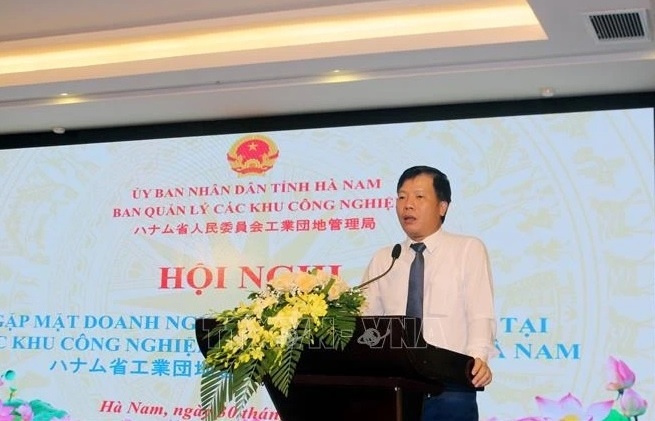

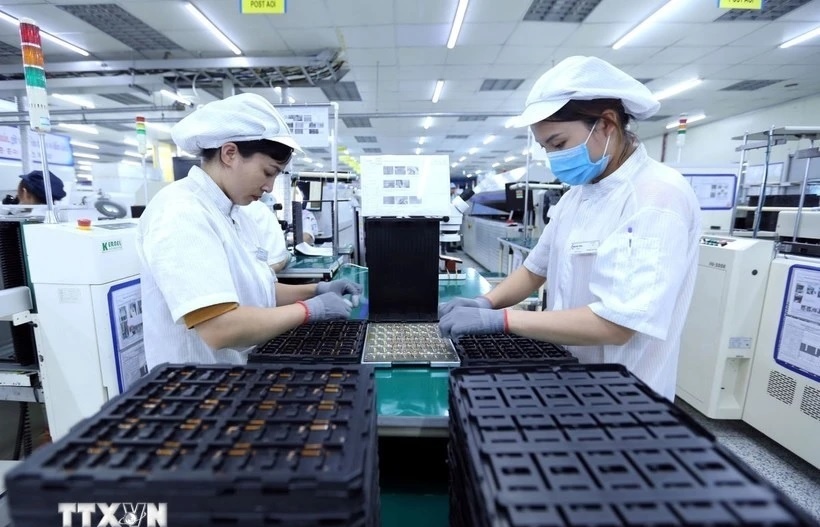






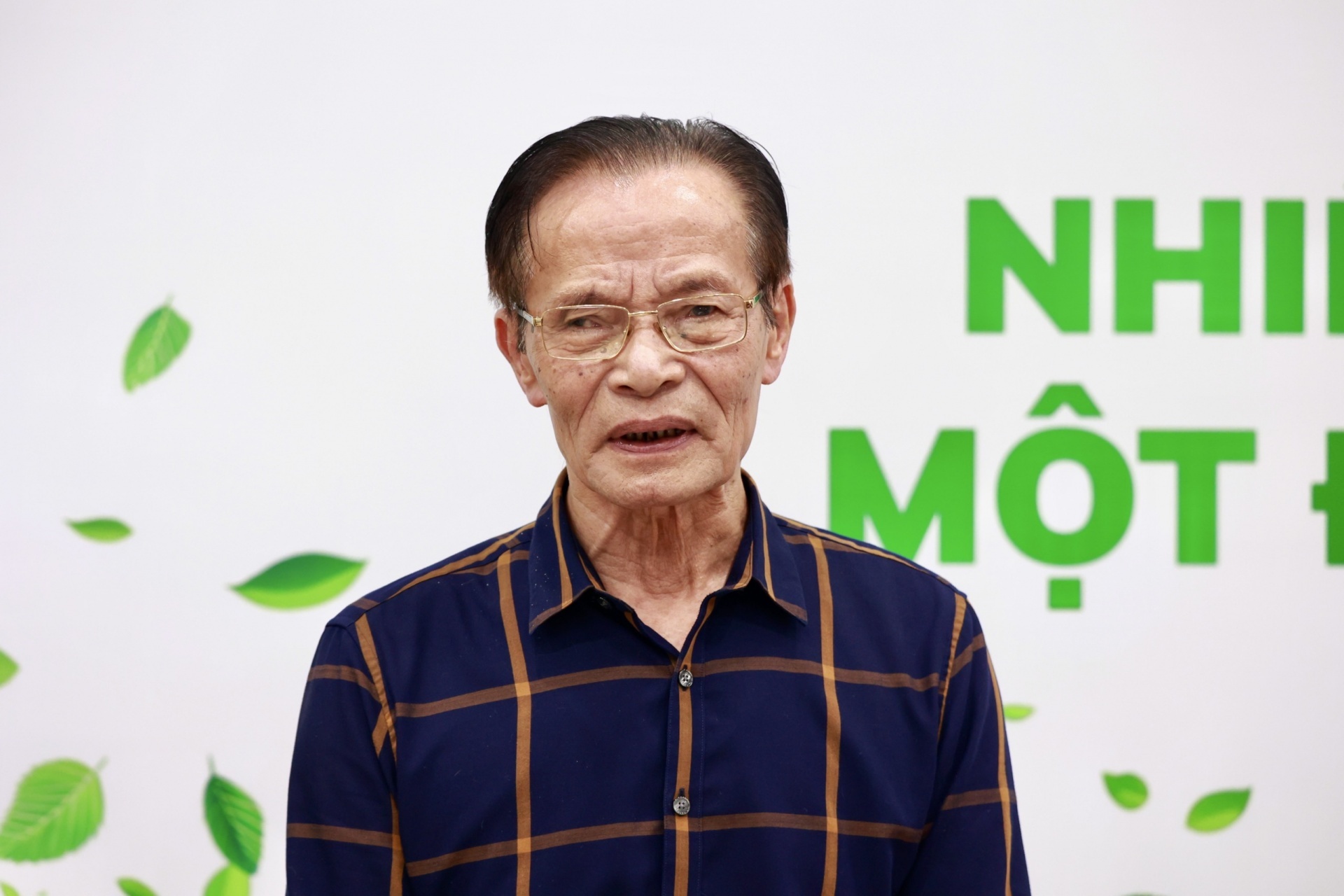

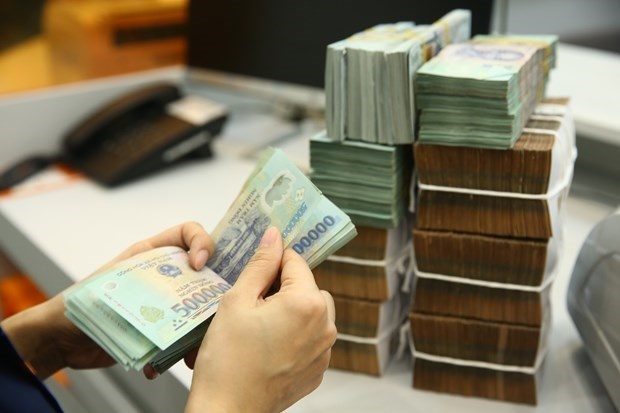



 Mobile Version
Mobile Version